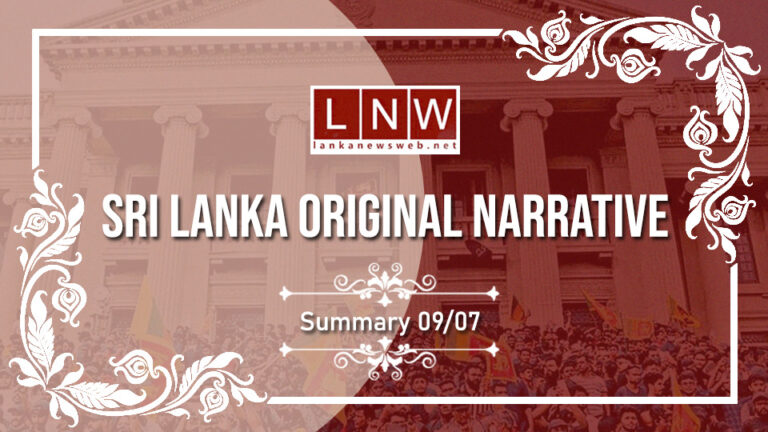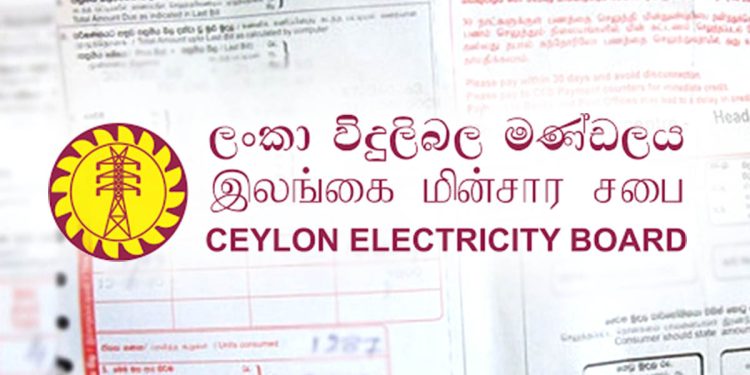01. The Dutch government said it is returning 478 objects looted during colonial times to Indonesia and Sri Lanka: Following multiple claims from Indonesia, SL and Nigeria, Dutch State Secretary for Culture and Media Gunay Uslu asserted the decision to repatriate objects including the “Lombok treasure,” consisting of 335 objects from Lombok, Indonesia, the Pita Maha collection, a key collection of modern art from Bali and the 18th-century Cannon of Kandy, a ceremonial weapon from Sri Lanka made of bronze, silver and gold and inlaid with rubies.
02. “Aragalaya” People’s Protest, the biggest people’s movement in the recent history of Sri Lanka since the Hartal Movement in 1953 and the first one ever to actually oust a Sri Lankan Head of State, marks its first anniversary today: On July 09, 2022, hundreds of thousands of citizens from all over the country marched towards Colombo and demanded the stepping down of ex President Gotabaya Rajapaksa and his Regime: The protesters then raided the Presidential Secretariat, Temple Trees and the President’s House.
03. Govt sources say a special meeting will be held between President Ranil Wickremesinghe and Public Security Minister Tiran Alles today on appointing the new IGP: President meanwhile tasked Minister Alles with deciding whether ex IGP C.D. Wickramaratne should be given another tenure extension or an Acting IGP should be appointed.
04. Time period given to ex President Maithripala Sirisena and other accused by the Supreme Court to pay compensation to the victims of the 2019 Easter Sunday Massacre to expire on July 12: Bench ordered Sirisena to pay Rs. 100 mn, ex IGP Pujith Jayasundara and head of SIS Nilantha Jayawardena to pay Rs. 75 mn each, ex Defence Secretary Hemasiri Fernando Rs. 50 mn, and head of NIS Sisira Mendis Rs. 10 mn in compensation to the aggrieved from their personal money.
05. Eight suspects arrested in connection with the assault on a Buddhist monk and two women in Bomiriya area, an event which came to attention upon a viral video on Social Media: Suspects remanded till July 12 as ordered by the Kaduwela Magistrate Court: Suspects will also be produced for an ID parade on the same date.
06. Tourism State Minister Diana Gamage requests Police’s Cyber Crimes Investigation Division to take necessary actions to remove an audio clip of her allegedly abusing a man over the phone: The audio clip supposedly revealing a telephone conversation between the Minister and civil activist Shan Ganegoda allegedly reveals that Gamage loses her temper and scolds the activist in foul language.
07. Speaker Mahinda Yapa Abeywardena expresses his gratitude to “trustworthy friend” India for saving Sri Lanka and preventing a “bloodbath” during its unprecedented economic crisis last year; adds not a single nation has extended that kind of assistance to Colombo as done by New Delhi.
08. Chairman of the State Engineering Corporation Rathnasiri Kalupahana says 1,100 employees of the Corporation have volunteered to retire; adds however, an amount of Rs. 2.6 billion is required to compensate them; laments there is a problematic situation with regard to acquiring the necessary funds for compensating employees who wish to retire voluntarily.
09. The SLBFE General Manager Gamini Senarath Yapa says the Bureau expects that nearly 300,000 people would register this year for overseas employment; asserts more than 150,000 persons have registered with the Bureau and left Sri Lanka within the 1H23; adds Kuwait, Qatar, Saudi Arabia and the UAE would be the four countries that they wish to migrate to most; reveals there is a very high tendency for more Sri Lankans to leave the island.
10. CB Governor Nandalal Weerasinghe says there will be more rate cuts to come, despite the CB lowering its policy rate for a second consecutive month to 11% from 12%: adds Sri Lanka should need “further reduction in interest rates on the basis of forward-looking inflation, forward looking output gap.”














